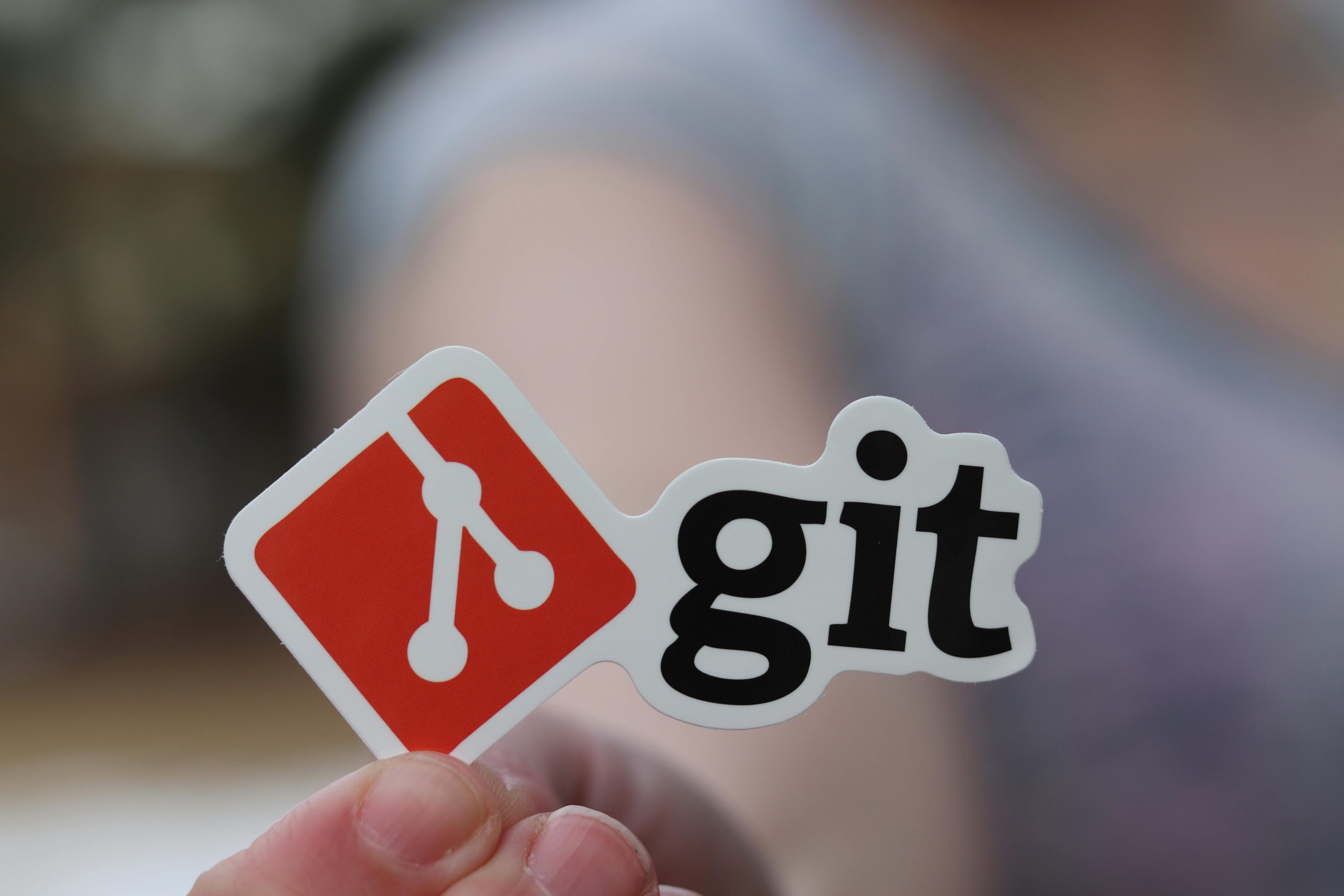Introduction
Git is a distributed version control system that has become the industry standard for managing source code, tracking changes, and collaborating with others on software projects.
Developed by Linus Torvalds in 2005, Git is open-source and free to use.
It allows developers to work on projects independently, make changes, and merge those changes back into the main codebase.
This blog will provide an overview of Git, how it works, and its benefits.
What is Git?
Git is a tool used for version control.
It allows developers to keep track of changes made to a project’s source code over time.
Git records every modification made to the codebase and makes it easy for developers to revert to an earlier version if necessary.
It also allows multiple people to work on the same codebase simultaneously, while keeping their changes separate until they’re ready to be merged.
How does Git work?
Git works by creating a local repository on a developer’s computer, which is a copy of the project’s codebase.
Developers can make changes to their local repository, such as adding new files or modifying existing ones.
Git then tracks those changes and creates a “commit” to save them to the repository’s history.
When a developer is ready to share their changes with the rest of the team, they push their commits to a remote repository, which is usually hosted on a service like GitHub or GitLab.
Other team members can then pull those changes into their local repositories and merge them with their own changes.
Benefits of using Git:
Collaboration:
Git enables developers to work together on the same codebase simultaneously without interfering with each other’s work.
It also makes it easy to track who made which changes, when they were made, and why they were made.
Version control:
Git tracks every change made to the codebase and allows developers to revert to an earlier version if necessary.
This is especially useful when debugging and fixing issues.
Branching:
Git allows developers to create multiple “branches” of a codebase, each containing a different set of changes.
This allows for experimentation and development of new features without affecting the main codebase.
Security:
Git provides a secure way to store and manage source code.
It keeps a complete history of all changes made to the codebase, which can be useful in identifying and reversing any malicious changes.
Flexibility:
Git can be used with any type of project, from small personal projects to large enterprise-level projects.
It’s also compatible with multiple operating systems, including Windows, Linux, and macOS.
Git commands:
- git init: Initializes a new Git repository on your local machine.
- git clone: Clones an existing Git repository onto your local machine.
- git add: Adds a file or changes to the staging area, ready to be committed.
- git commit: Records changes to the repository’s history.
- git push: Uploads local repository commits to a remote repository.
- git pull: Downloads changes from a remote repository and merges them into the local repository.
- git branch: Creates a new branch of the codebase.
- git merge: Merges changes from one branch into another.
- git status: Displays the status of the current repository.
- git log: Displays the repository’s commit history.
Conclusion:
Git is an essential tool for any developer working on a software project.
It allows for efficient collaboration, version control, and experimentation with new features.
Git is free, open-source, and compatible with multiple operating systems, making it accessible to developers of all levels.
By learning Git commands and best practices, developers can streamline their workflow and work more efficiently.
